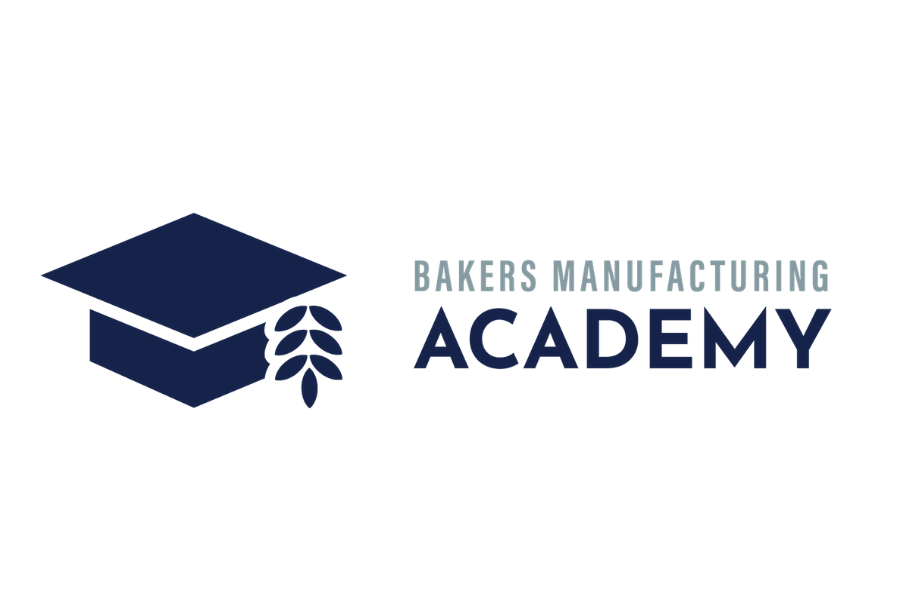I joined the American Bakers Staff six months ago, after a lifetime of baking cookies (usually slice-and-bake) and three seasons of Great British Baking show in my pocket. While I’d like to believe I was an expert, in reality, my baking manufacturing knowledge and skills were limited.
As part of getting to know the educational programs ABA offers, I eagerly signed up for ABA's Entry-Level Training (ELT). ELT teaches the fundamentals of cookie and cracker baking. The online course is geared toward new hires or department transfers, providing basic information all cookie and cracker personnel must know to work in a plant operations environment.
You Don't Need to be a Baker
Not only can new/transferred bakery employees benefit from ELT, so can individuals who work with bakeries, such as Will Giambalvo, Senior Vice President at Arthur J. Gallagher & Co. who also completed the course. I sat down with Will to learn about how he found real value taking Entry-Level Training.
While Will is an allied member who does not work in a baking facility, he “would really recommend it to anyone that’s in a baking operation, to really get them up to speed if they’ve never been in an operation before.” He further emphasized the universal importance of the course, “I think anyone who’s really involved with the baking industry should at least take entry level training.”
Helpful Tips Along the Way
The four lessons ingredients, mixing, forming, and baking are offered in both English and Spanish. Which brings me to the starting line of my career in baking. Luckily, I had some helpful tips from both Will and Katie Juhl, ABA’s Director of Marketing & Communications. Katie, like many students who take this course (and Will and I), had no baking manufacturing experience. She wisely advised me to diligently take notes and take advantage of the program’s features, such as the check-in quizzes that test your knowledge throughout the module and the index of baking terms.
"I thought I could just listen and take the quizzes throughout the program before taking the final test," said Katie. "It turns out, I had to take the final ingredients test 6 times because I didn't take notes. I know better for the next section and am glad others have learned from my shortcomings."
Diving into the ingredients lesson, I make sure to take thorough notes (thanks to Katie), pay attention to the photos, and watch the videos that visually demonstrate the baking process.
Lessons Learned
At the end of the ingredients lesson, I took the multiple-choice test, and—thanks to the interactive exercises, photos, videos, glossary, and my notes—passed with flying colors (100%). Students must pass the final test of each lesson with 100% to successfully complete the course. I learned so much about different types of ingredients, their function, proper storage, and the consequences of adding too much or too little of certain components. In my humble opinion, any bakery would benefit from making this a part of the onboarding process for new employees.
Up Next: Mixing
Students must complete the course within 6 weeks, so I am looking forward to completing my next lesson soon: mixing.
“If you’re not taking this and you’re involved in the baking industry, you’re missing out.”—Will Giambalvo



